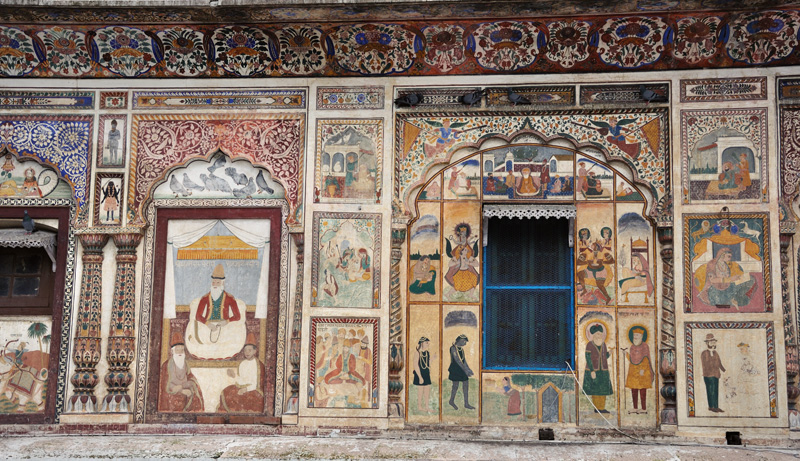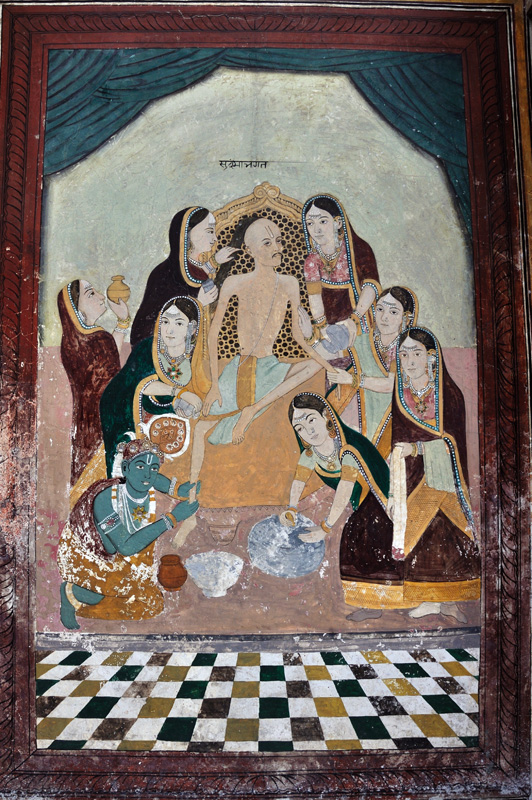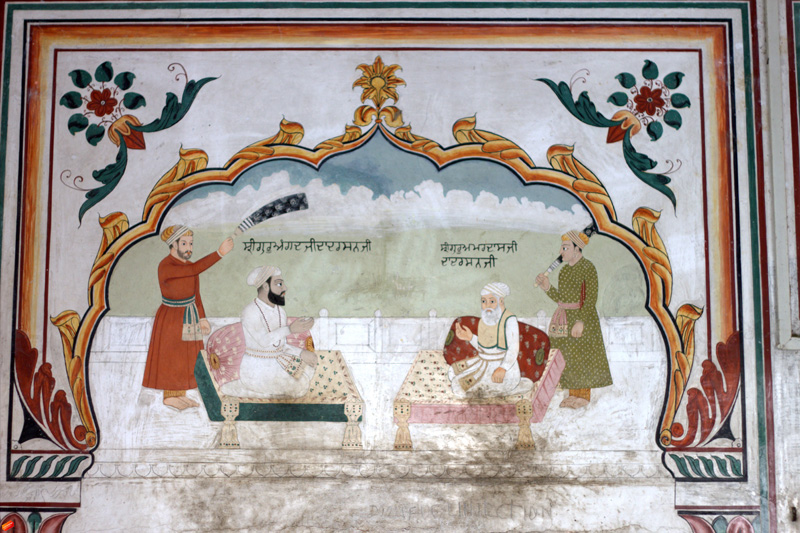Shashwati Talukdar





Grant Period: Over one year and two months
This grant will support filmmaker, Shashwati Talukdar, to make a film and photo-document the murals of the Guru Ram Rai Durbar in Dehradun. The film shall examine the relationship between the murals and their diverse viewers—the keepers of the shrine, art historians, restorers, and worshippers—and explore how this rich repository of images reveals a history of power politics, syncretic religious practices of pre-colonial India and disparate painting styles between the seventeenth and nineteenth century. Guru Ram Rai was the oldest son of the seventh Sikh guru, Guru Har Rai. When Aurangzeb became emperor, Ram Rai was sent to the court in Delhi as his father’s representative. He conducted himself with charm and diplomacy in his fourteen years at Emperor Aurangzeb’s court. However, it was Ram Rai’s younger brother who succeeded his father. Some believe that he misrepresented Guru Nanak’s writings and performed miracles for Emperor Aurangzeb, and was therefore disowned by his father. In another version his rejection was attributed to his lowly birth: he was born to a maid servant. After being disinherited, Emperor Aurangzeb granted him a large piece of land in the Doon valley, and Guru Ram Rai set up his abode there in 1675.
The murals at the Durbar are from different phases. Emperor Aurangzeb paid for the oldest paintings, and in keeping with his religious practice and personal preferences, these images are devoid of representational figures, unlike other Sikh art from that period. From the early eighteenth century, there are pictures of the Sikh gurus, events from Guru Ram Rai’s life commissioned by his fourth wife, Mata Punjab Kaur, who popularised this Durbar. Figures from Indian epics and Persian legends start to appear during the tenure of the subsequent Mahants, many of whom had to deal with the volatile political situation in the valley as power shifted between the kings of Garhwal, Kumaon, the Rohillas and the Gurkhas before the rise of the British.
These diverse influences are reflected on the walls of the Guru Ram Rai Durbar. In one mural, a Pari stares at the Empress Noor Jehan, dressed as a Garhwali woman, while a British officer stands guard underneath. On another panel, key events from Guru Ram Rai’s life are depicted—events that are a mixture of history and mythology.
These murals were created from the seventeenth century to the mid-nineteenth century. The murals represent an assemblage of styles, from Mughal to Kangra to Pahari, and even though these images seem disparate, the varied styles reveal a larger story. This project aims to draw out the threads that make up the narrative of this rich repository of images.
Shashwati will examine not only the aesthetic roots of these images but also their political economy. The questions central to her research will be: (a) How did these images evolve?; (b) What version of history can be read from these images?; (c) How were these images received? The last question shall throw light on the second significant part of Shashwati’s research—the relationship of these images to the various people that have kept them alive: the Mahants of the Durbar, the art historians and restorers, and the worshippers who come from the town and surrounding areas. Much to the despair of the restorers, the worshippers treat the murals with scant respect. Often at the mercy of the officials of the establishment, the restorers have limited access to the murals and cannot take independent decisions. During Shashwati's preliminay research, one restorer revealed that one of the officials had requested him "to repaint the murals to make them look new."
To document these various points of view, Shashwati will interview the different stakeholders at the Durbar and eventually use this footage as part of her experimental documentary film. She says that it will be a personal film, one that will use animation and alternative narrative forms. She will also photograph the murals, which shall be used as archival evidence and incorporated into the film. In addition, she will write a critical essay.
